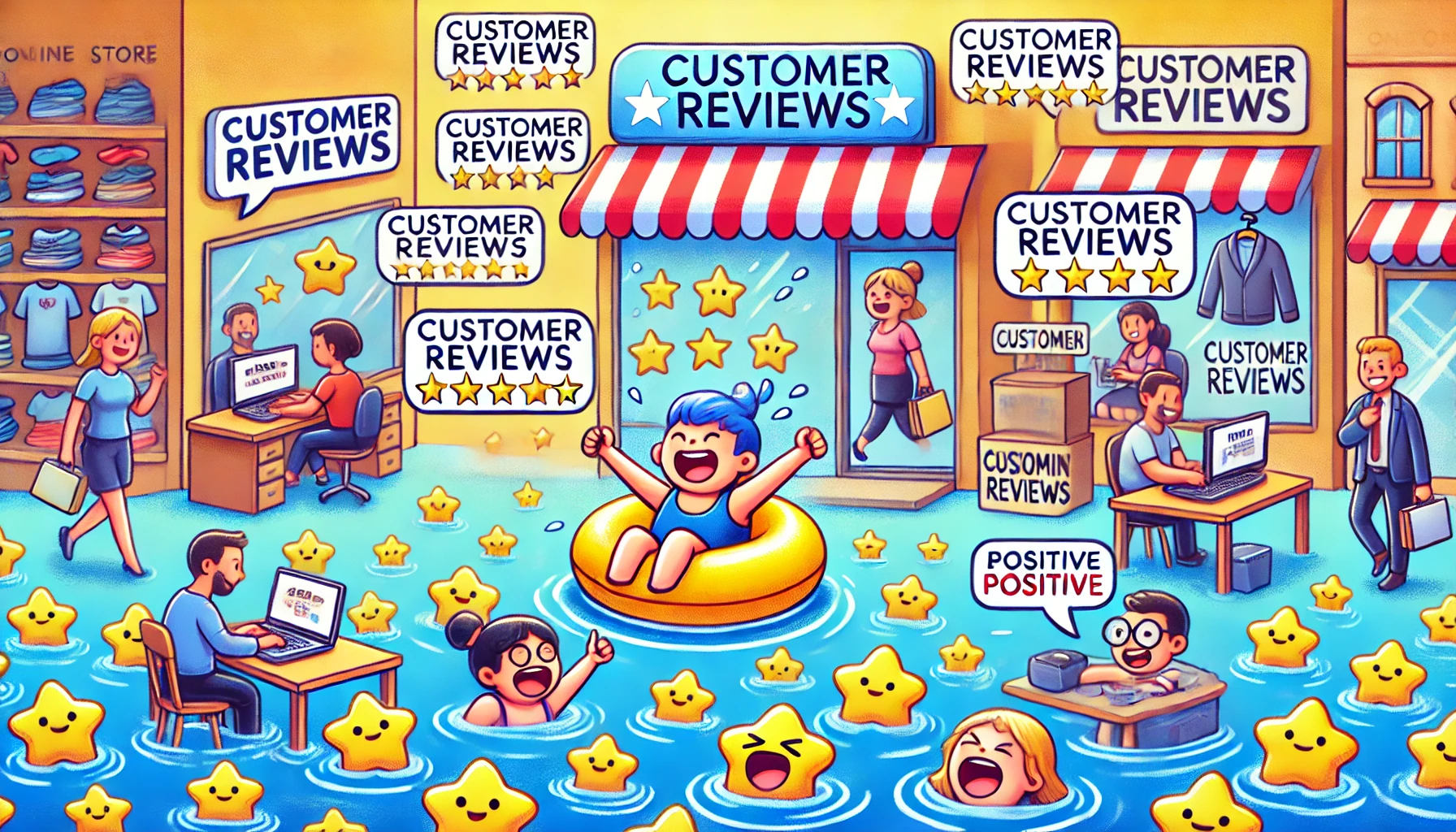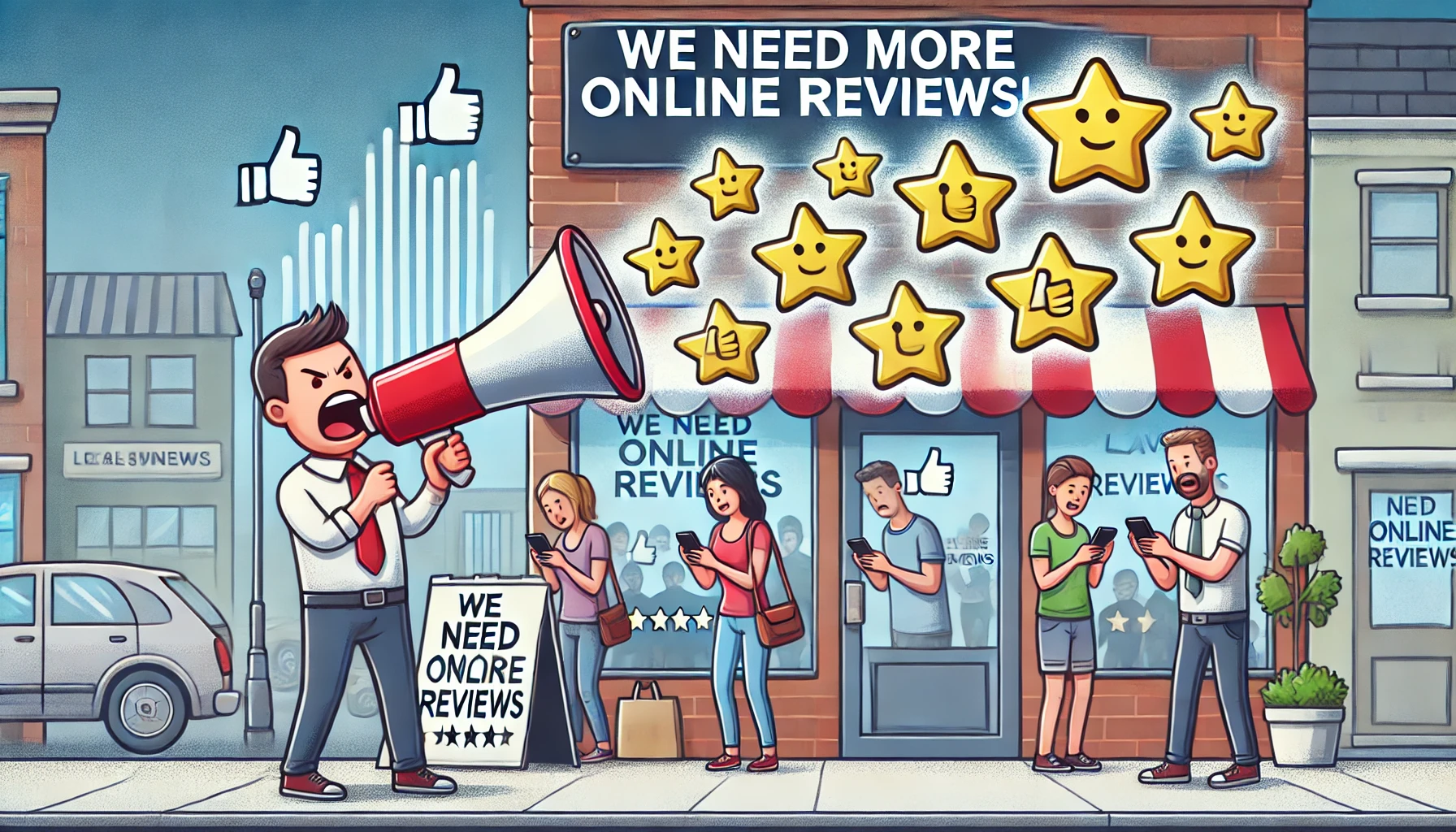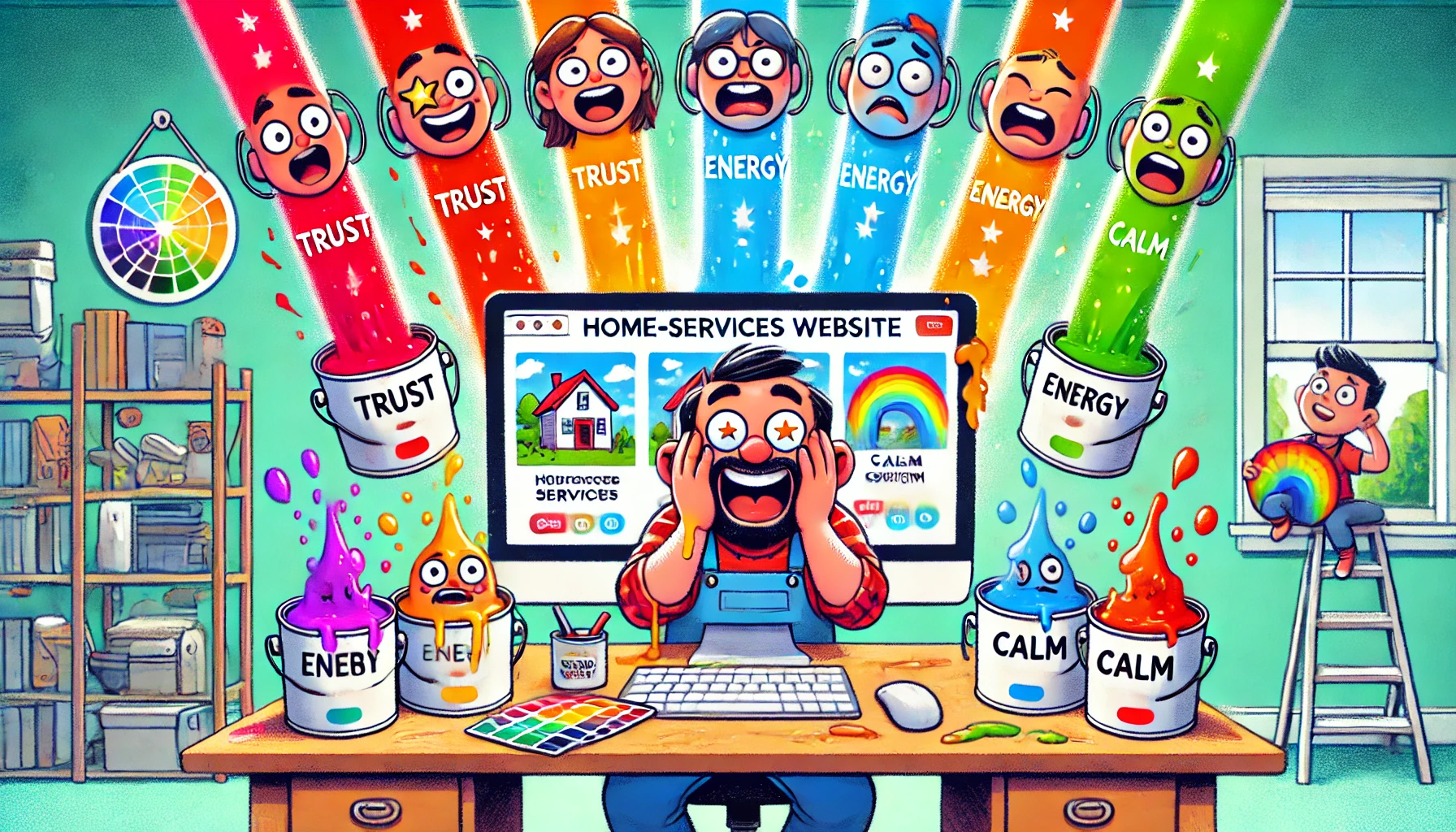Monitoring competitor activity: Gain strategic insights and advantages
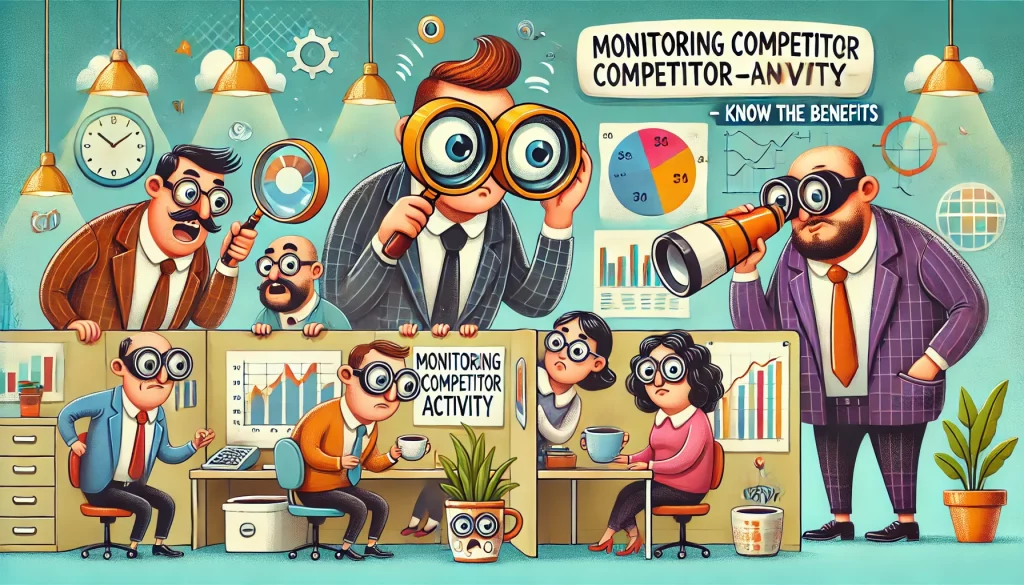
Monitoring competitor activity has become crucial for organizations to stay ahead. By having a competitive monitoring strategy in place, you can make informed decisions that drive your success.
This practice is an easy way to get the most out of your marketing efforts and attract new customers.
Why monitoring competitor activity matters
Gain a competitive edge
Monitoring competitors allows businesses to anticipate market trends, helping them adapt their strategies proactively. For instance, 84% of companies monitor their competitors’ activities to enhance their strategic planning, according to Crayon’s State of Competitive Intelligence Report.
Identify opportunities
Understanding competitors’ strengths and weaknesses can reveal untapped opportunities that drive innovation, differentiation, and growth. In fact, 75% of organizations stated that competitive intelligence helped them identify new market opportunities, as reported by SCIP – Strategic and Competitive Intelligence Professionals.
Avoid competitive mistakes
By learning from competitors’ errors, businesses can avoid repeating similar mistakes. This process improves decision-making and strategic planning, as shown by the 53% of businesses that use competitive analysis to adjust their marketing strategies and improve campaign performance (HubSpot Marketing Statistics).
Improve decision-making
Competitor data can inform marketing campaigns, pricing strategies, product development, and overall business planning, enhancing the quality of decision-making. For example, 69% of firms have observed a direct impact on revenue growth from monitoring competitor activities (Forbes Insights).
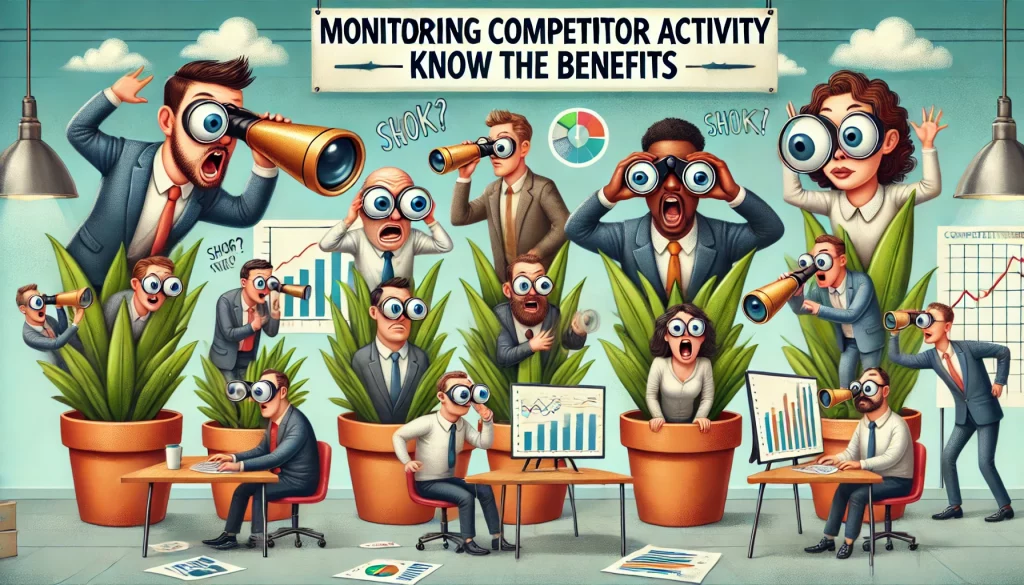
Key areas to monitor
Products and services
New offerings: Track the launch of new products or services and analyze their features, pricing, and target market.
Product enhancements: Monitor improvements or updates to competitors’ existing products to assess their impact on market positioning.
Pricing strategies: Analyze competitors’ pricing models, discounts, promotions, and value propositions to understand how these factors influence customer decisions.
Marketing and sales
Advertising campaigns: Observe competitor ad strategies across different channels, noting targeting, messaging, and creative aspects.
Content marketing: Analyze competitor blogs, articles, social media content, and website updates to identify key topics and audience engagement strategies.
Sales promotions: Track competitors’ discounts, bundles, loyalty programs, and other incentives to assess their effectiveness and impact on customer acquisition.
Customer experience
Reviews and ratings: Monitor customer feedback on review sites like Google My Business, Yelp, and industry-specific platforms to analyze common themes and sentiment.
Customer service: Evaluate competitor customer service practices, including response times, communication channels, and resolution methods. Compare these with your own practices.
Brand reputation: Assess the overall perception of competitors’ brands based on online discussions, social media engagement, and media coverage. Use this information to refine your own brand strategy.
Operations and technology
Technology adoption: Identify new technologies or tools implemented by competitors and assess their impact on efficiency, customer experience, or product offerings.
Distribution channels: Monitor changes in competitors’ distribution networks, such as online presence, partnerships, or retail locations, to understand how these changes affect their market reach.
Operational strategies: Track competitors’ strategies for supply chain management, logistics, production, and other operational aspects to improve your own operations.
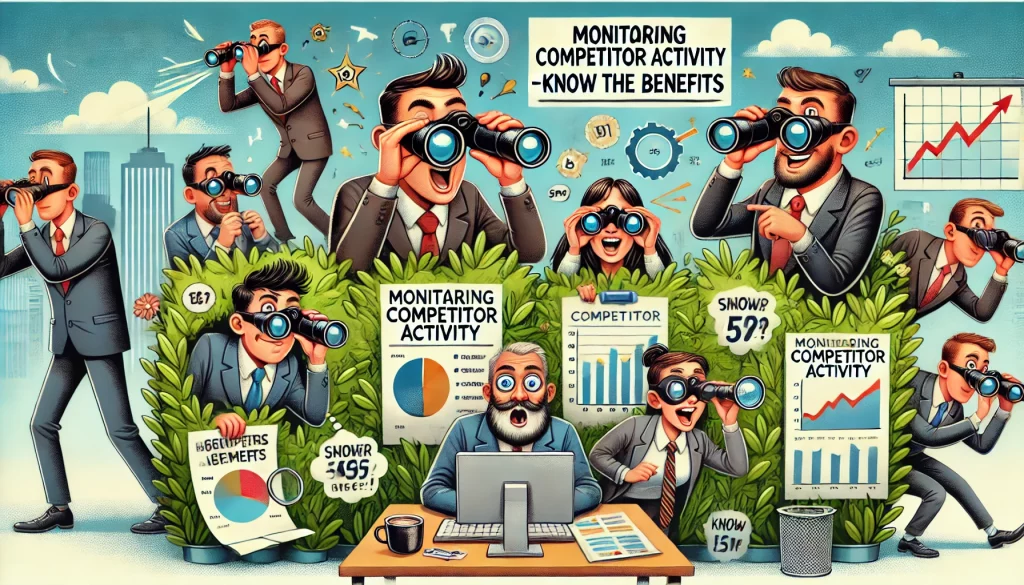
Tools and techniques for competitor monitoring
Online resources
Social media monitoring: Use tools like Hootsuite, Sprout Social, or Brand24 to track competitor activity on social media and monitor their engagement and audience interactions.
Website analytics: Employ tools like Google Analytics to monitor competitor website traffic, keyword rankings, and content performance. Use these insights to enhance your own web strategy.
News aggregators: Use services like Google Alerts or Feedly to track news mentions and industry updates related to competitors, keeping you informed about their latest activities and market movements.
Competitor analysis software
SEMrush: A powerful tool for SEO, keyword research, and competitor analysis that helps identify and capitalize on competitor weaknesses.
SimilarWeb: Provides insights into website traffic, audience demographics, and competitor engagement to refine your own strategies.
Buzzsumo: Offers social media analytics, content performance tracking, and influencer analysis to improve your content marketing.
Manual monitoring
Industry publications: Read trade magazines, industry blogs, and research reports to stay updated on trends and competitor activities, helping you understand the broader market context.
Customer feedback: Gather feedback from your own customers about their experiences with competitors to improve your offerings and customer service.
Competitor websites: Regularly visit competitor websites to track changes, promotions, and new content, staying informed about their latest strategies and initiatives.
Interpreting and actioning competitor data
Data analysis
Analyzing competitor data is crucial to identify trends, patterns, and actionable insights, which help in making informed decisions.
Strategic planning
Competitor insights can inform strategic decisions regarding product development, marketing campaigns, pricing strategies, and operational improvements, keeping you ahead of the competition.
Continual monitoring
Continuous monitoring and data analysis are essential for staying competitive. Regular updates ensure you remain responsive to market changes.
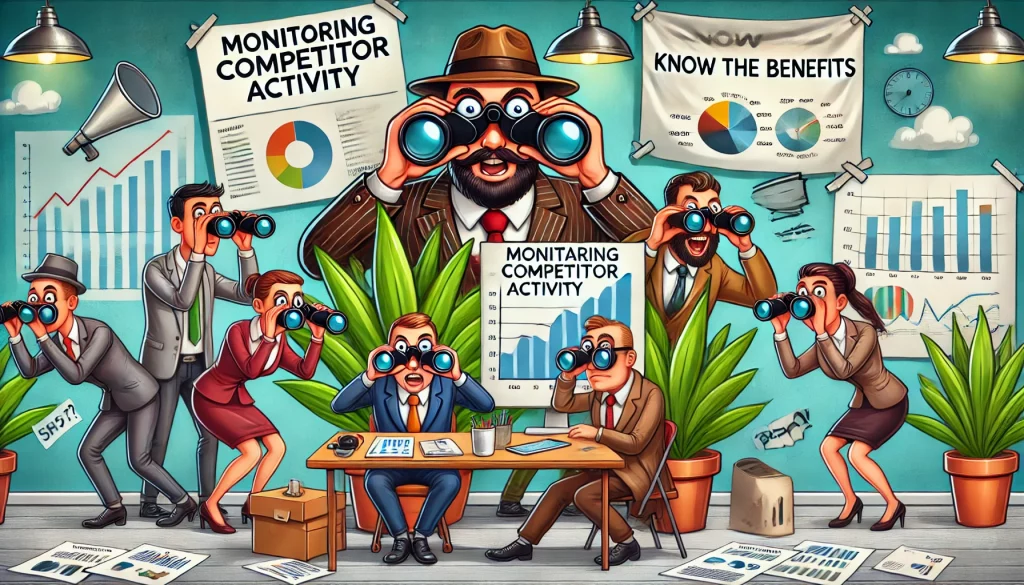
Expert opinions on monitoring competitor activity
Dr. Emily Harris, Chief Strategy Officer at MarketEdge Insights, states, “Monitoring competitor activity is not just about staying ahead; it’s about understanding the market landscape in its entirety. By keeping a close eye on competitors, companies can identify emerging trends and shifts in consumer behavior before they become mainstream. This proactive approach allows for strategic pivots and innovations that are informed by real-time market data, ensuring that our strategies are not only reactive but also anticipatory.”
Johnathan Blake, Senior Analyst at TrendWave Consulting, adds, “From my experience, companies that invest in competitive intelligence are far better positioned to seize new opportunities and mitigate risks. By analyzing competitors’ moves, businesses can uncover gaps in the market that they can exploit. Additionally, this practice helps in benchmarking performance, setting realistic goals, and understanding industry best practices. In an ever-evolving market, competitive analysis is indispensable for informed decision-making.”
Sarah O’Connor, Marketing Director at InsightPro Analytics, mentions, “Competitive monitoring has revolutionized the way we approach marketing strategy. By understanding competitors’ strengths and weaknesses, we can craft more compelling value propositions and differentiate our offerings. This intelligence feeds directly into our content strategy, campaign development, and even product features, ensuring we deliver what our customers truly need and desire. It’s about being relevant and responsive to the market’s demands.”

 6 min
6 min 



